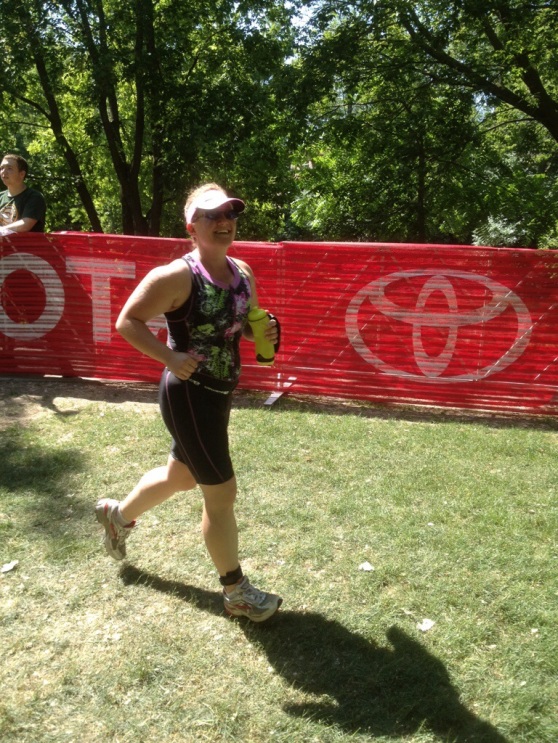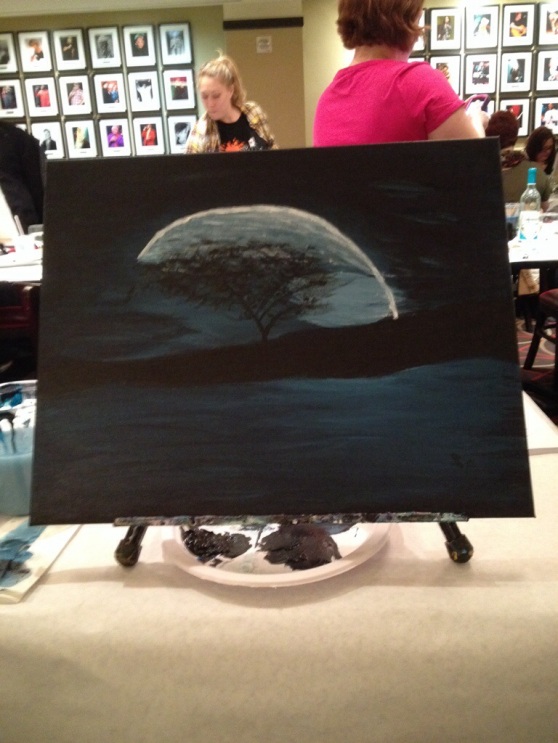Before we hit the road with yogic driving, I want to teach you how to meditate. Meditation is a part of yoga that we are going to be applying to driving. Meditation will teach you how to breathe in a way that will calm the body and clear the mind. Remember my theory: the calmest driver makes the best driver.
Yoga references many words in Sanskrit. In the title of this post I refer to the word “Pranayama” which is Sanskrit for “extension of the breath”. In Sanskrit the word “prana” means “life force”, specifically meaning “the breath”. Breathing is how our bodies survive—we draw in oxygen and breathe out carbon dioxide. In Sanskrit, “ayama” means “to draw or extend out”. At the beginning of a meditation practice the breaths are short and brisk, in the middle the breaths are medium length and by the end of the practice the breath will be long and deep. The longer and more drawn out the breath, the calmer driver.
Here’s what you need to meditate:
- A quiet place with no distractions—yes the back seat of your minivan parked in the garage where your kids cannot find you definitely counts!
- A soft surface to sit on where you can sit up tall with your legs crossed in front of your body—I recommend a pillow to sit atop on your floor.
- Music (optional)—I highly recommend the Soundscapes Music Channel #743 on the Comcast Cable Network (for more about this see below). Music is a great transitional tool to use to help you sit still when you first start to meditate.
Explanation of Soundscapes
Soundscapes is a combination of sounds from nature like waves crashing, thunder, or birds chirping with a peaceful melody played by a pianist, flautist or violinist. I find the combination of sounds from nature and music creates a relaxing background for my meditation practice.
Here’s a great way to start using music and meditation together: sit and meditate to just one song. Then work your way up to two. Perhaps you will start to find that you need more than two songs to feel calmer—you want to go deeper. Try three songs and so on!
Once you have your meditation spot and (optional) music you are ready to meditate:
- Sit in a comfortable cross-legged position.
- Turn your music on.
- Take a deep breath in.
- Straighten your spine by rolling your shoulders down the back, lift your chest towards the sky, keep your chin parallel with the floor and pull your belly button in towards your spine. Do not lie on your back because you might fall asleep.
- Close your eyes.
- Place the palms of your hands on your knees with palms facing up.
- Start to breathe in and out.
- Be present. Be in the moment without thinking of what you did in the yesterday or what you have to do afterwards.
- Once you feel you’re finished (perhaps after a song or two), stand up and go back to your day.
- Notice how you feel afterwards. If you felt good today then you will feel good after meditating tomorrow too. Make meditation a part of your daily routine.
Here’s how you will look just before you’re done meditating:

Photo taken from http://awakenlight.org/images/meditating_sofa.jpg
Keep calm, stay strong and keep driving on!
Sara


























